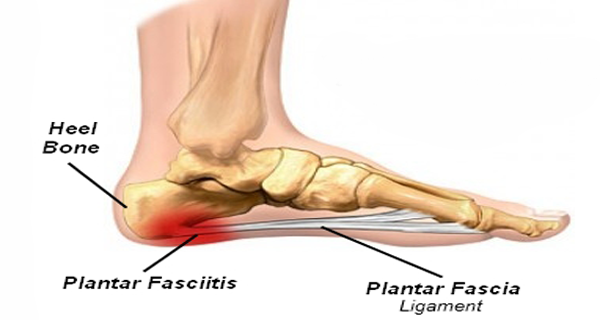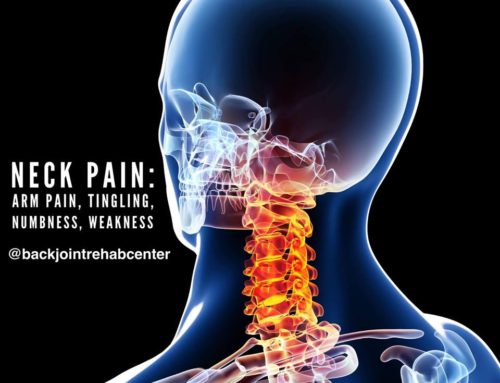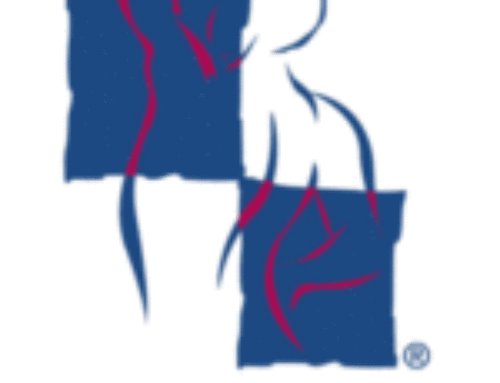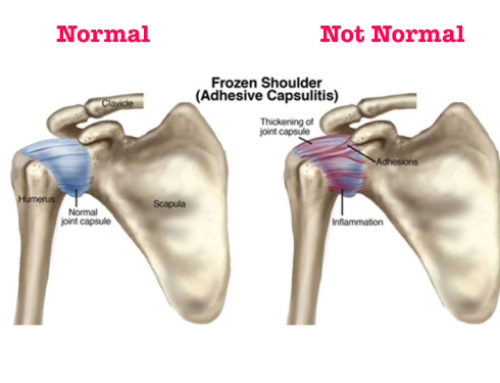PART 4: PLANTAR FASCIITIS
In the fourth part of the Runners Series, we discuss the pain and problems associated with Plantar Fasciitis. Through this article, you will identify characteristics associated with pain in the sole of the foot in comparison to other conditions associated with foot pain.
If you missed the previous parts of the Runners Series and would like to learn how to avoid these injuries, click on the links below:
The bottom of the foot is referred to as the sole which entails the plantar area of the foot. Fasciitis refers to inflammation of the fascia of the plantar area. This, in turn, is called Plantar Fasciitis, inflammation of the “bowstring-like” ligament connecting the heel to the toes. When the plantar fascia is irritated, it becomes inflamed and thus, diagnosed as Plantar Fasciitis. The most common symptoms when dealing with Plantar Fasciitis is heel & foot pain, stiffness, and tenderness.
Plantar Fasciitis is caused by repetitive stress onto the ligament producing a straining effect leading to irritation and inflammation. The repetitive stress occurs with activities such as walking, running, jumping, or inadequate foot equipment. The overuse of repetitive activity without proper recovery leads to inflammation of the plantar area.
Typical presentation of Plantar Fasciitis is pain near the heel bone, but can also present with pain in the entire sole of the foot. An increased tension and tightness of the plantar area can make the foot sensitive to loading or weight bearing the affected foot. Plantar Fasciitis makes it painful to walk especially while on hard surfaces or barefoot.
Plantar Fasciitis typically is most painful after periods of being sedentary and remaining off your feet. For instance, most individuals with Plantar Fasciitis experience the greatest pain first thing in the morning upon rising from the bed. The initial steps while walking or standing hurt producing pain as the foot is loaded. The prolonged period while you slept, the foot remained non-weight bearing allowing time for the foot to become slightly more contracted and once morning time arrives, the initial weight bearing onto the foot becomes painful. The same applies after being seated for a prolonged period of time. The foot is not being used and not being stretched; thus, it becomes tighter. Again, it is the initial steps of weight bearing that produces pain. However, the more you walk, the more the foot loosens up and begins to produce less pain.
In some instances, individuals do not experience this type of presentation. Rather, they experience no pain upon the initial weight bearing moments; they experience pain the more they walk or the more they are on their feet. Plantar Fasciitis is sometimes mistaken for an entrapment of the calcaneal branch of the posterior tibial nerve, known as Baxter’s Neuritis. Baxter’s Neuritis presents in the manner in which there is no pain in the initial weight bearing process, but the more you walk, run, jump, the pain is produced and increased. Differentiating between the two conditions is important to ensure the appropriate treatment is administered.
Doctors Suggest Rest, Splints, Ice, Ibuprofen, Steroid Injection, Pain Medication, Stretching, or Cushioned Shoes
The first step is to reduce inflammation. So, if you are experiencing constant pain with associated cardinal signs of inflammation; then, rest, ice, or anti-inflammatory medication (such as ibuprofen) is the place to begin. Once you no longer have constant pain and have reduced the inflammation, the next step is to begin remodeling the tight, contracted tissue of the plantar area. Begin with stretching the plantar fascia with end-range loading strategies.
The Pain Response You Will Expect to Remodel the Injured Fascia is Produce/No Worse
What this means is simply the following:
You will begin your therapeutic exercise having no pain. When you load the plantar fascia with a great stretch, it will produce pain during the movement. Upon releasing the stretch, the pain is immediately gone. Again, returning to your original baseline of no pain as you began the exercise. Thus, produce/no worse: you produce pain during, but immediately after releasing the stretch, the pain is gone, no worse.
The Time Frame to Expect Resolution of Plantar Fasciitis has a Wide Range, Typically 4-6 Months Under Physician Care
Plantar Fasciitis has a very good prognosis. The best approach in resolving Plantar Fasciitis is to understand the stage of the condition. Is it inflamed or has it ceased inflammation? Now, the treatments can begin to fully remodel the plantar fascia.
If you struggle with Plantar Fascia or Foot Pain, please give us a call to help you get rid of your pains! We help people who suffer from all types of running injuries.
We are Dedicated to Get You Better Through Movement…
If You or Someone You Know Struggles with Leg, Ankle, or Foot Pain, Give Us a Call. We are here to help (219)-310-8822.
Dr. Artemio Del Real DC, Cert. MDT, CSCS





